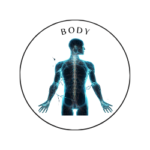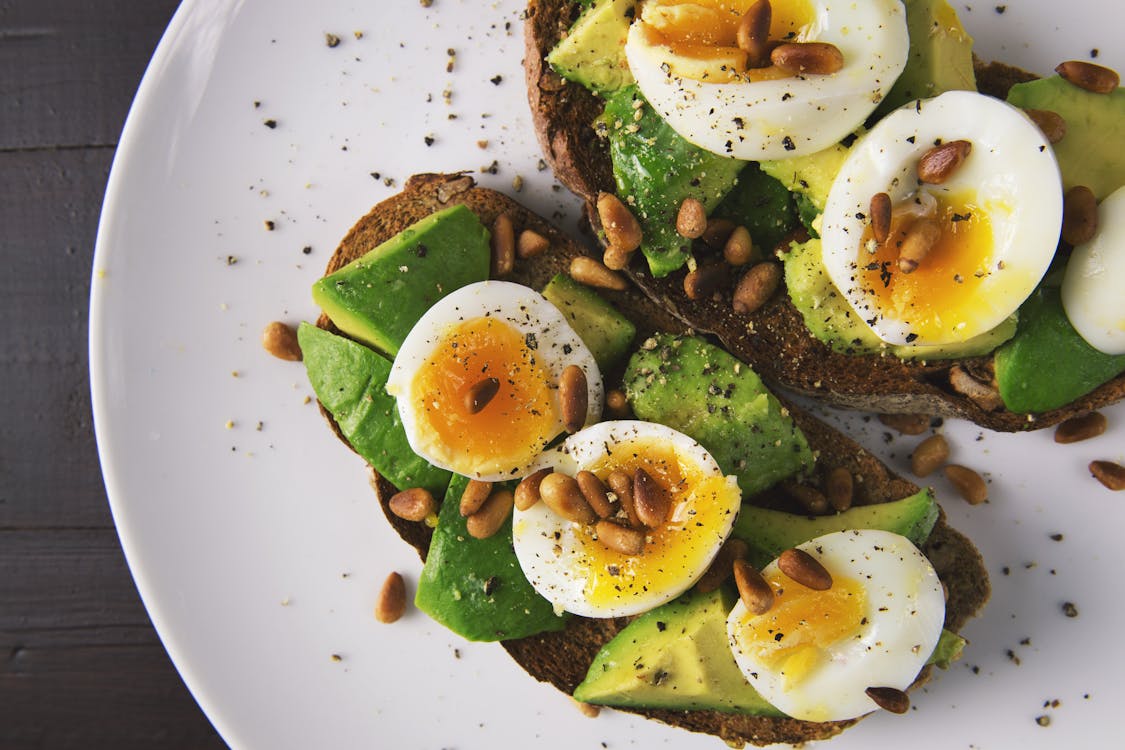 Mind
Mind
- Digital and Modern Well-being
- Mental Health and Emotional Well-being
- Mind-Body Connection and Holistic Health
- Parenting and Family
- Personal Growth and Development
- Relationships and Social Well-being
- Stress and Relaxation
- Therapeutic and Creative Practices
- Trauma and Recovery
- Work, Productivity, and Discipline
 Body
Body
 Fitness
Fitness
 Food
Food
 Beauty
Beauty
The Keto Diet and Ketosis

The Keto Diet and Ketosis: A Comprehensive Guide
The Keto Diet, short for the Ketogenic Diet, has gained widespread popularity in recent years for its potential benefits in weight loss, improved energy, and mental clarity. The diet revolves around reducing carbohydrate intake and replacing it with fats, pushing the body into a state known as ketosis. But what exactly is ketosis, and how does the Keto Diet work? Let’s dive into the science, benefits, potential risks, and tips for success.
1. What is the Keto Diet?
The Keto Diet is a low-carbohydrate, high-fat diet that has been used for decades, particularly in medical settings, to treat conditions like epilepsy. Recently, it has gained attention for its potential role in weight management and overall health improvement.
Basic Macros of the Keto Diet:
- Fats: 70-80%
- Proteins: 15-20%
- Carbohydrates: 5-10%
The primary goal is to restrict carbs to 20-50 grams per day, which forces the body to shift its primary fuel source from glucose (derived from carbs) to fats.
2. What is Ketosis?
Ketosis is a metabolic state that occurs when the body doesn’t have enough carbohydrates to burn for energy. Instead, it begins to break down fat into molecules called ketones, which the body uses as an alternative fuel source.
When you drastically cut carbs, your body turns to fats for energy by converting them into ketones in the liver. These ketones then circulate in the bloodstream and are used by organs, muscles, and even the brain for energy.
How to Achieve Ketosis:
- Carb Restriction: Consuming fewer than 50 grams of carbs per day.
- Fasting: Short-term fasting can accelerate ketosis by depleting glucose stores.
- Exercise: Intense physical activity can help burn off stored glycogen and induce ketosis faster.
Measuring Ketosis:
You can measure your ketone levels using:
- Urine test strips
- Blood ketone meters
- Breath analyzers
3. Benefits of the Keto Diet
The Keto Diet offers a range of potential health benefits, especially for those aiming to lose weight, enhance mental performance, or manage specific health conditions.
a. Weight Loss
One of the most attractive features of the Keto Diet is its potential for rapid weight loss. Since your body is using fat as its primary fuel source, fat stores are broken down more efficiently. The reduction in carbohydrates also lowers insulin levels, which can lead to reduced water retention and a quick drop in weight.
b. Appetite Control
Many Keto dieters report feeling less hungry, as the high-fat content of the diet provides satiety and stabilises blood sugar levels. This can make it easier to stick to a calorie deficit without feeling deprived.
c. Improved Mental Clarity
The brain can efficiently use ketones as fuel, and some individuals experience improved mental clarity, focus, and concentration when in ketosis. This is often called the “keto clarity” effect.
d. Increased Energy Levels
Once the body adapts to ketosis, many people report sustained energy throughout the day without the crashes that often follow carb-heavy meals. This is because fat is a more stable and long-lasting fuel source compared to glucose.
e. Managing Certain Health Conditions
The Keto Diet was originally used to treat epilepsy, particularly in children. Today, research is also exploring its potential benefits for:
- Type 2 diabetes: Lowering blood sugar levels and improving insulin sensitivity.
- Heart disease: Improving cholesterol profiles by increasing “good” HDL cholesterol.
- Neurodegenerative conditions: Potential neuroprotective effects for conditions like Alzheimer’s and Parkinson’s disease.
4. Foods to Eat on the Keto Diet
The key to a successful Keto Diet is focusing on whole, unprocessed, and low-carb foods.
High-Fat Foods:
- Avocados
- Nuts and seeds (almonds, walnuts, chia seeds)
- Healthy oils (olive oil, coconut oil, avocado oil)
- Fatty fish (salmon, mackerel, sardines)
- Cheese and full-fat dairy products
- Eggs
- Butter and cream
- Meat (beef, lamb, pork, and poultry)
Low-Carb Vegetables:
- Leafy greens (spinach, kale, arugula)
- Cruciferous vegetables (broccoli, cauliflower, Brussels sprouts)
- Zucchini, peppers, and cucumbers
- Mushrooms
Foods to Avoid:
- Sugary foods: Sweets, desserts, and sodas.
- Grains: Wheat, rice, oats, and pasta.
- High-carb fruits: Bananas, apples, oranges.
- Legumes: Lentils, chickpeas, and beans.
- Starchy vegetables: Potatoes, sweet potatoes, corn.
5. Potential Risks of the Keto Diet
While many people benefit from the Keto Diet, there are potential side effects and risks to consider:
a. The “Keto Flu”
When transitioning into ketosis, some people experience flu-like symptoms including headaches, fatigue, nausea, irritability, and brain fog. This is known as the Keto Flu and is caused by electrolyte imbalances and dehydration as your body adjusts to burning fat instead of carbs.
b. Nutrient Deficiencies
The strict limitations on certain food groups can lead to deficiencies in essential nutrients such as fibre, vitamins, and minerals. It’s important to include a variety of low-carb vegetables and consider supplements where necessary.
c. Digestive Issues
Some people experience constipation or digestive discomfort due to the lack of fibre from whole grains, fruits, and legumes. Ensuring adequate intake of low-carb, fibre-rich vegetables can help alleviate these symptoms.
d. Long-Term Sustainability
The Keto Diet may be difficult for some individuals to maintain in the long term. The strict restrictions on carbohydrate intake can make social eating, dining out, or enjoying a varied diet more challenging.
6. Who Should Avoid the Keto Diet?
Certain people should approach the Keto Diet with caution or avoid it altogether, including:
- Pregnant or breastfeeding women: Nutritional needs are different during pregnancy and lactation.
- Individuals with kidney issues: The diet’s high-fat content may place additional strain on the kidneys.
- People with a history of disordered eating: Restrictive diets may exacerbate unhealthy eating patterns.
- Those with gallbladder disease: A high-fat diet can be difficult to manage without a functioning gallbladder.
7. Tips for Success on the Keto Diet
Here are some practical tips to help you succeed on the Keto Diet:
a. Stay Hydrated
The Keto Diet can lead to rapid water loss, so it’s important to drink plenty of water throughout the day. You can also consume electrolyte-rich drinks or add a pinch of salt to your water to maintain balance.
b. Plan Your Meals
Meal prepping and planning ahead will make it easier to stick to the diet, especially when life gets busy. Batch cooking keto-friendly meals can save time and reduce the temptation to grab high-carb foods.
c. Listen to Your Body
While ketosis can be beneficial, it’s important to pay attention to how your body responds. If you experience prolonged fatigue, dizziness, or other concerning symptoms, consult a healthcare professional.
d. Find Keto-Friendly Swaps
Craving bread, pasta, or sweets? There are plenty of keto-friendly alternatives available, such as cauliflower rice, zucchini noodles, and keto desserts made with almond flour and stevia.
8. Conclusion
The Keto Diet and the process of achieving ketosis can be a powerful tool for weight loss, mental clarity, and overall health improvements. By drastically reducing carbohydrate intake and relying on fats as your primary energy source, your body enters a state of ketosis, leading to a wide range of benefits. However, like any diet, it’s essential to approach keto with knowledge and balance, considering the potential risks and ensuring you meet your nutritional needs.
If you’re considering trying the Keto Diet, consult with a healthcare provider to ensure it’s right for you and your lifestyle. With proper planning, hydration, and attention to your body’s needs, you can navigate the world of keto with confidence!

